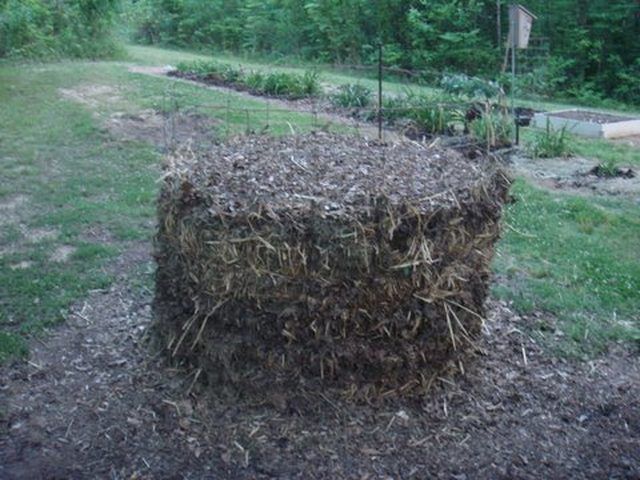Bulbs
Flower Basics
Flower Beds & Specialty Gardens
Flower Garden
Garden Furniture
Garden Gnomes
Garden Seeds
Garden Sheds
Garden Statues
Garden Tools & Supplies
Gardening Basics
Green & Organic
Groundcovers & Vines
Growing Annuals
Growing Basil
Growing Beans
Growing Berries
Growing Blueberries
Growing Cactus
Growing Corn
Growing Cotton
Growing Edibles
Growing Flowers
Growing Garlic
Growing Grapes
Growing Grass
Growing Herbs
Growing Jasmine
Growing Mint
Growing Mushrooms
Orchids
Growing Peanuts
Growing Perennials
Growing Plants
Growing Rosemary
Growing Roses
Growing Strawberries
Growing Sunflowers
Growing Thyme
Growing Tomatoes
Growing Tulips
Growing Vegetables
Herb Basics
Herb Garden
Indoor Growing
Landscaping Basics
Landscaping Patios
Landscaping Plants
Landscaping Shrubs
Landscaping Trees
Landscaping Walks & Pathways
Lawn Basics
Lawn Maintenance
Lawn Mowers
Lawn Ornaments
Lawn Planting
Lawn Tools
Outdoor Growing
Overall Landscape Planning
Pests, Weeds & Problems
Plant Basics
Rock Garden
Rose Garden
Shrubs
Soil
Specialty Gardens
Trees
Vegetable Garden
Yard Maintenance
How to Make Compost Fertilizer
How to Make Compost Fertilizer. Using compost fertilizer is very important for all types of gardening. Compost enriches your soil so plants say healthy and grow properly. A good compost pile is also a great way to recycle waste materials that would otherwise end up in landfills.

Using compost fertilizer is very important for all types of gardening. Compost enriches your soil so plants say healthy and grow properly. A good compost pile is also a great way to recycle waste materials that would otherwise end up in landfills.
Things You'll Need
Green plant debris
1 bag of chemical-free potting soil
Proper storage space
Dry leaves
A garden hose with a mist setting
2 dozen night crawlers
How to Make Compost Fertilizer
Make your compost pile accessible. A good location for your compost pile will depend on what you are using it to fertilize. It is recommended that you place a compost pile in a place that is safe from pests and far enough away where its smell and possible unsightliness won't bother you. However, it is good idea for it to be close enough so you don't have to transport it very far.
Choose a container for your fertilizer. Fertilizer can be kept in a container made of plastic or wood. It can also be placed on the ground. Keep in mind, however, if you choose to keep your pile on the ground, it will damage your grass. It is, therefore, wise to choose a spot in your yard that you can live without. For your fertilizer to work properly, it must have space to break down. A space of 3 to 8 feet in length is recommended. If you decide to place the fertilizer on the ground, small animals such as rabbits, squirrels, skunks and some birds may find it a perfect feeding spot. To prevent this, simply surround the area with mesh or chicken wire to keep the pests out.
Choose the makeup of your fertilizer. Your fertilizer's ingredients should include several elements. The best ingredients for compost fertilizers are freshly cut green plants such as grass clippings, carrot tops, perennials and discarded leaves and vines from fresh produce. Banana peels, apple cores and organic coffee grounds also serve as rich compost fertilizer ingredients. You fertilizer should also include leaves from trees or from plants in your garden. It is, therefore, necessary to keep a steady supply of leaves nearby.
Mix the ingredients of your fertilizer. Cover the entire area of your compost container with a layer of green ingredients such as semi-fresh plants, fruit, fresh grass clippings. Once the area has been filled, cover the layer of greens with discarded leaves and plant vines. After you have added both ingredients, using a small rake or pitch fork, thoroughly mix the the two layers until they are consistent and make up a single substance. Do not crush the ingredients too much. It is important to leave them in their original state. Simply allow each ingredient to mix with one another.
Maintain your fertilizer. It is important for your fertilizer to stay damp and consistent. At least twice a week, gently mix and turn the pile to ensure it is breaking down properly. If you notice that the compost is too wet, add some dry leaves to dry it out. If it is too dry, add some fresh greens and mist it with water. During the break-down process, your compost should smell musty, but fresh, much like fresh potting soil. If it starts to smell too strongly, like old garbage, add some dry leaves and use less water and green material. Your compost, with proper maintenance, should completely break down and be ready for use as fertilizer in about 2 to 4 weeks, depending on the climate in your area. When finished, your pile should be dark brown to black in color and emit a proper musty odor.
Tips & Warnings
To improve the breakdown of your compost, add 2 dozen night crawlers. The worms will feed on the compost and release their waste back into the pile, adding to its value.
Never use meat when making compost fertilizer.
Avoid using pet waste.
Avoid the use of fruit or seed-bearing plants. They could re-grow in your soil.
Do not use ingredients that have been treated with chemicals.